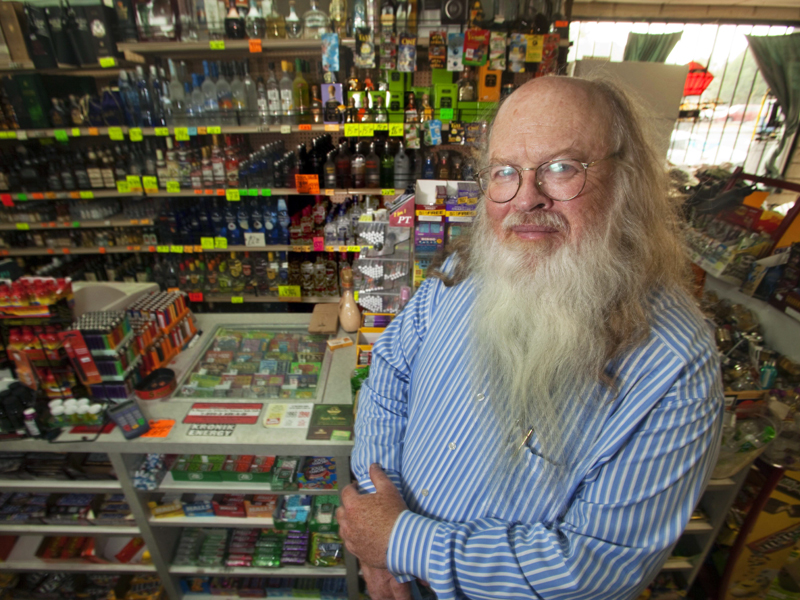
A new computer model created by UCR Sociologist Robert Nash Parker and Indio Police Chief Richard P. Twiss will allow law enforcement agencies to better predict where a crime is likely to occur by analyzing data of hotspot crime locations.
The Indio Police Department (IPD) has addressed burglary and other crime-related activities within the city, based on the data found. As a result, the city has experienced an 8 percent drop in thefts since the beginning of the fiscal year in February.
Twiss believes that this type of collaboration with researchers is critical in shaping the future of law enforcement. “I personally think it’s the wave of the future in policing,” Twiss said. “By partnering with researchers, we are finding non-traditional ways of reducing burglary rates.”
Parker began working with the police department in 2010 to decide if a computer model could anticipate criminal activities by identifying where burglaries were most likely to occur in a census block group — a geographic block composed of 600 to 3,000 people. He was able to identify patterns of crime over time and space through the use of crime data and truancy records.
“It’s a little early to claim success,” Parker said. “We have to be more careful and evaluate the outcome during a long period of time to make sure what we’re seeing happening is due to the program and not due to something else. But it’s encouraging that we’re already seeing a drop.”
Parker and the IPD analyzed 10 years of data which, according to the sociologist, links daytime burglaries to truancy. The data revealed that truancy arrests within a certain geographic region correlate to the number of burglaries that emerged a few years later.
Back in 2010, their project was funded through a four-year, $210,617 grant from the Federal Bureau of Justice Assistance (BJA) Smart Policing Initiative, which supports innovative efforts by police agencies to reduce criminal activity within their communities.
The IPD has successfully implemented several outreach programs by creating a burglary and truancy prevention task force, community safety fairs and meetings, media campaigns, and stronger partnerships with local business owners and other community organizations.
When asked if other cities would be interested in implementing a similar computer program, Parker explained it would be up to the individual cities to decide. “It requires a lot of work on their part,” he explained. “We’re hoping to write up reports from the project and have the justice department disseminate those reports to other police departments so they can implement them within their cities. We’re also looking to publish some academic articles that can be out there for other people to look at if they want to replicate it.”
Although students did not assist Parker in this particular study, he stated that he does encourage student involvement in his upcoming projects.
“There’s a neighborhood in San Bernardino that has been the target of interventions for the last 40 years,” explained Parker. “It’s a poor, distressed neighborhood with bad schools, bad housing, lots of drug activity and alcohol outlets. It’s one of those chronically poor places in the city that never seems to change. We’re trying to take a more fundamental approach and work with community organizations in improving the nature of the community.”
Parker elaborated that the project is still underway and is currently in need of an additional number of undergraduate students to assist with it.








